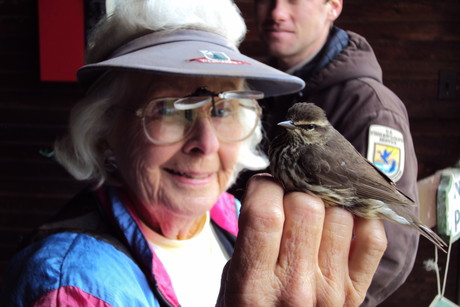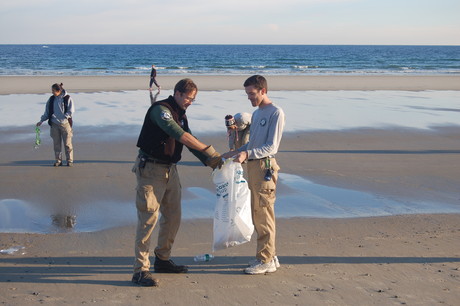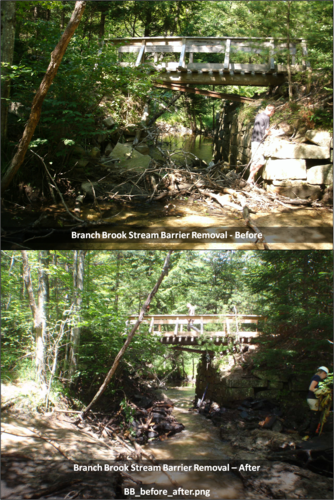The Wrack
The Wrack is the Wells Reserve blog, our collective logbook on the web.
The Wrack is the Wells Reserve blog, our collective logbook on the web.
Recently the Coastal Training Program hosted a webinar series on environmental communication by Water Words that Work. Space was limited and several of you asked for materials and resources. View part I here.
Watch these two videos and compare their style.
The first video provides awareness about an issue but doesn't leave the viewer with any solutions. The second video provides multiple actions or behavior changes the viewer can make.
When crafting your communication plan determine what behavior change you would like to see. Some questions to consider: Why do you want your audience to do it? Why would they want to do it? Why would their peers approve or disapprove of them doing it?
It's all about having good pictures — this is the first thing people will notice about your message and the last thing they will forget. There are three types of good photos (that I've gleaned from our website):
Here's a great photo of June Ficker (more about June here).

(Would you like to volunteer with us?)

(Learn more about our restoration work here.)

Need photos? Try these websites: bigstockphoto.com and flickr.com/creativecommons; always make sure you've got permission to use a photo.
Instead of trying to teach people new words, replace them with words that can be understood and remembered. Some examples include replacing watershed management with land and water conservation; stormwater with polluted runoff; and water quality with clean water. View more recommended word-swaps here.
After someone reads your message they should be able to say it was clear, it was prepared for someone like them, and they can explain it to someone else.
Use words that everyday citizens understand! Use words that connect your work to their lives. Use words that inspire them that they can make a difference. View a list of words that work here.
Testimonials coming from someone your target audience can identify with is a great way to get your message out. Read a testimonial from one of our research interns here and learn more about writing a testimonial here.
One way to check that your writing isn't going over someone's head is to get a readability score. Just Google Readability and several websites will come up and give you a score for free. More on readability here.
I tested our website. Here's an example of readable (The Table Manners of Spittle Bugs) with a score of 64 versus not-so readable (A Larval Fish Update) with a score of 44. But, hey, it's hard to be readable when your organization has the word estuarine in it!